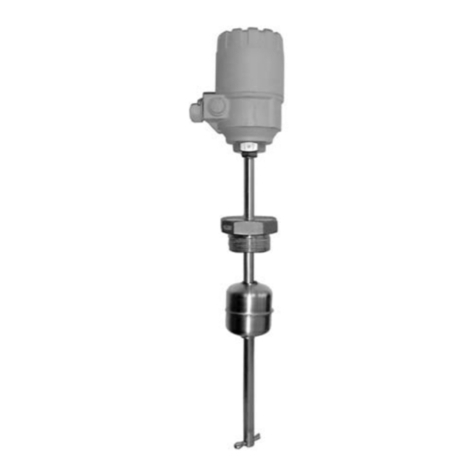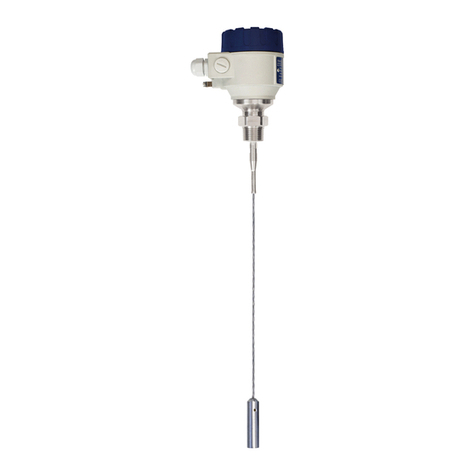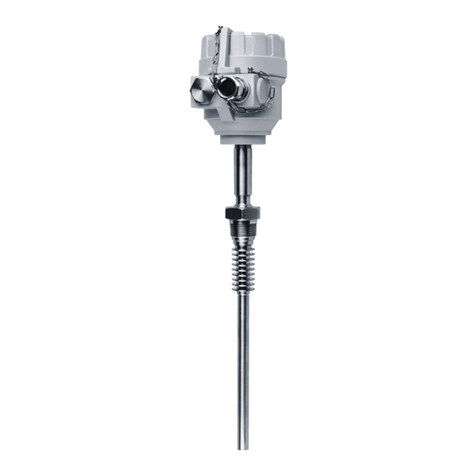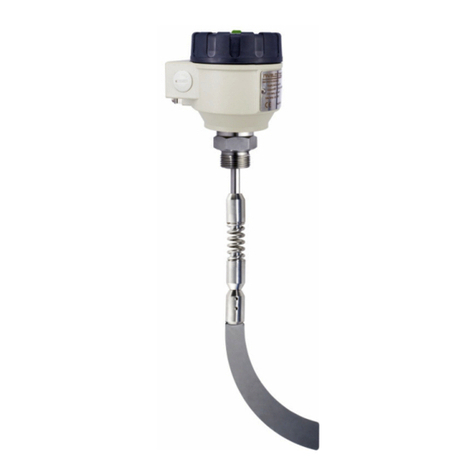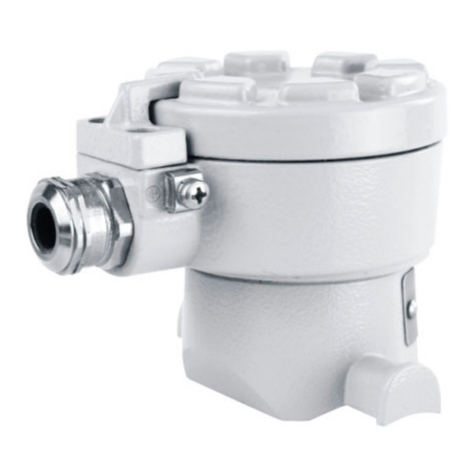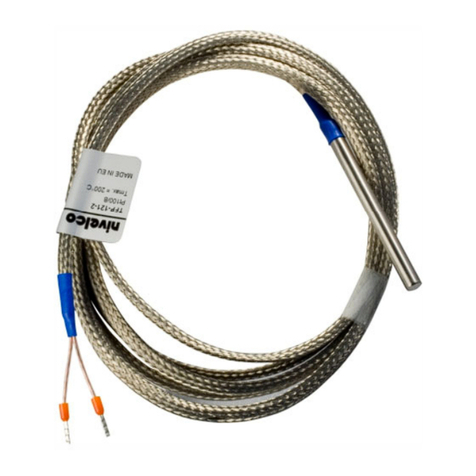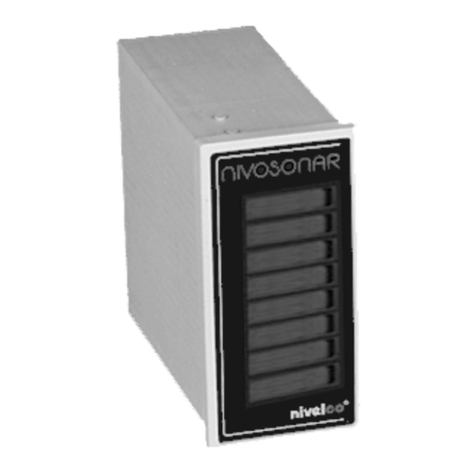
4 / 48
wes140en2109p
TABLE OF CONTENTS
1.INTRODUCTION.............................................................................................................................................................................................................................................................6
2.ORDER CODES (NOT ALL COMBINATIONS POSSIBLE!) .....................................................................................................................................................................................................7
3.TECHNICAL DATA.........................................................................................................................................................................................................................................................8
3.1.EXPLOSION PROTECTION,EX MARKINGS,EX LIMIT DATA ..........................................................................................................................................................................................9
3.1.1.ATEX CERTIFICATE NO.: BKI13ATEX0017X/3 ...................................................................................................................................................................................................................9
3.1.2.IECEX CERTIFICATE NO.: IECEX BKI 13.0005X ISSUE NO.:2...............................................................................................................................................................................................9
3.1.3.FM US CERTIFICATE NO.: FM17US0134X (SEE ’SAFETY MANUAL’)...................................................................................................................................................................................10
3.1.4.FM CANADA CERTIFICATE NO.: FM17CA0074X (SEE ’SAFETY MANUAL’) ........................................................................................................................................................................10
3.1.5.INMETRO CERTIFICATE NO.:DNV 15.0065 X/2.................................................................................................................................................................................................................11
3.2.DIMENSIONS AND SPECIAL DATA OF THE ANTENNA VARIATIONS ..............................................................................................................................................................................12
3.2.1.DETERMINE THE MAXIMAL MEASURING RANGE ..........................................................................................................................................................................................................................18
3.3.ACCESSORIES .......................................................................................................................................................................................................................................................19
3.4.CONDITIONS OF SAFE OPERATION ..........................................................................................................................................................................................................................19
3.5.REPAIR,MAINTENANCE AND STORAGE CONDITIONS ................................................................................................................................................................................................19
4.INSTALLATION ............................................................................................................................................................................................................................................................20
4.1.MOUNTING.............................................................................................................................................................................................................................................................20
4.2.WIRING..................................................................................................................................................................................................................................................................22
4.2.1.WIRING OF THE DEVICES ........................................................................................................................................................................................................................................................23
4.2.1.DETERMIN THE APPROPRIATE POWER SUPPLY VOLTAGE ............................................................................................................................................................................................................24
4.3.LOOP CURRENT CHECKING WITH HAND INSTRUMENT .............................................................................................................................................................................................25
5.PROGRAMMING ..........................................................................................................................................................................................................................................................25
5.1.THE SAP–300 DISPLAY UNIT.................................................................................................................................................................................................................................26
5.1.1.PRIMARY MEASUREMENT SCREEN...........................................................................................................................................................................................................................................26
5.1.2.INFORMATION SCREENS .........................................................................................................................................................................................................................................................28
5.1.3.ECHO MAP ............................................................................................................................................................................................................................................................................29
5.2.PROGRAMMING WITH THE SAP–300 DISPLAY MODULE ...........................................................................................................................................................................................30
5.2.1.COMPONENTS OF THE PROGRAMMING INTERFACE .....................................................................................................................................................................................................................30
5.2.2.MENU STRUCTURE .................................................................................................................................................................................................................................................................31
5.3.PROGRAMMABLE FEATURES DESCRIPTION ............................................................................................................................................................................................................32
5.3.1.BASIC MEASUREMENT SETTINGS..............................................................................................................................................................................................................................................32
5.3.2.ANALOG OUTPUT ...................................................................................................................................................................................................................................................................33
5.3.3.DIGITAL OUTPUT ....................................................................................................................................................................................................................................................................35
5.3.4.MEASUREMENT OPTIMIZATION.................................................................................................................................................................................................................................................35
5.3.5.CALCULATIONS......................................................................................................................................................................................................................................................................37
5.3.6.SERVICE FUNCTIONS ..............................................................................................................................................................................................................................................................40
6.ERROR CODES............................................................................................................................................................................................................................................................42
7.PILOTREK W–100 PARAMETER TABLE...................................................................................................................................................................................................................43
8.MENU MAP ...................................................................................................................................................................................................................................................................45
